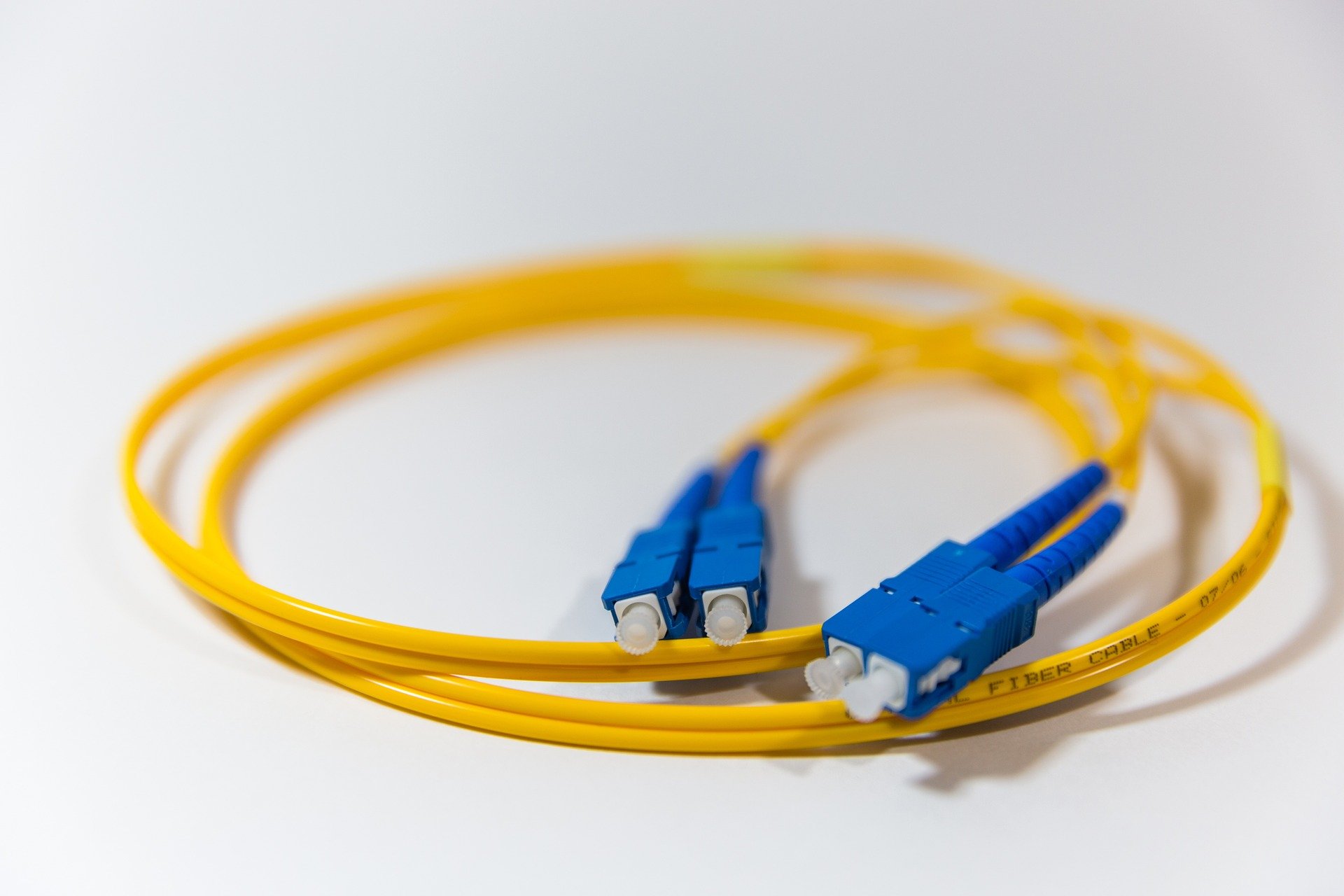Melbourne trial transforms telecommunication network into leak detection tool

An innovative collaboration is set to embark on a trial utilising fiber optic cables already in the ground to create an early warning system for leaking water pipes in Melbourne’s west.
Intelligent Water Networks (IWN), Greater Western Water, Veolia and FiberSense have teamed up to test the new technology in the field to address water loss, with IWN funding the trial.
The technology uses existing telecommunications fiber as a massive array of vibration sensors that can detect strikes or damage – including from unplanned activities – as well as the vibrations caused by leaks big and small.
IWN Program Director Jason Cotton said the aim is to enhance intelligence in the water, sewer and recycled water networks, using real-time data to enable proactive operational and strategic decisions.
“We are eager to explore the capabilities provided by the FiberSense suite, and how we can work together to save substantial amounts of water across the network by early detection and repair of leaks and bursts,” he said.
FiberSense Founder and CEO Dr Mark Englund said the technology company had seen an increased demand for innovative solutions to address asset management challenges.
“We are delighted to be collaborating with IWN and GWW as well as Veolia – a group of organisations at the global forefront of managing water assets and addressing the challenges of limiting non-revenue water loss,” Englund said.
“The trial in Melbourne follows similar projects with major water companies overseas. FiberSense technology represents a significant stride towards minimising water wastage and maximising the efficiency of water distribution systems.”
Veolia Project Manager Quentin Bechet said the trial offers an excellent opportunity to forge ahead with new solutions to minimise the impact of human activities on the planet.
“We believe that the FiberSense technology can help the water industry to reduce water losses, thus protecting one of our most precious resources,” he said.
“Because producing drinking water is responsible for significant carbon emissions, saving water will also reduce the carbon footprint of the water industry.”
Reducing non-revenue
Greater Western Water Acting General Manager Growth and Infrastructure Bri George said the utility is very pleased to be participating in the trial, which could prove very helpful in helping meet non-revenue water reduction targets.
“Managing leaks and improving the reliability of our assets is an important focus for us, which is why we invest in Active Leak Detection as part of our non-revenue water reduction strategy,” she said.
“We want to actively find leaks in the network, especially those non-visible ones that are underground and so won’t get reported by the public.
“That allows us to repair them before they grow into a larger problem or a burst pipe, which has a big impact on customers.”
With the trial being conducted on GWW assets, George said the utility will be playing a central role in facilitating testing on hydrants within the network.
“We’re simulating leaks from hydrants that are part of our infrastructure network. We’re working closely with our partners to facilitate safe access for testing that doesn’t impact customers or performance,” she said.
“As part of that, we are working with FiberSense on project planning by providing GIS asset information, providing unplanned event information from GWW’s work order system for trial events comparison, and leading and coordinating leak simulation event testing from selected hydrant locations.”
Big benefits
While the trial is just beginning, George said the utility hopes the new approach to addressing network leaks will bring big benefits.
“We are always keen to explore innovative technology on early detection of leakage in our water network to assist with minimising water losses,” she said.
“We are looking forward to understanding the outcomes of this trial and how it could save water. That means better environmental and financial outcomes for customers and communities.”
George said the FiberSense technology could also result in reducing the need for field crews to physically walk the network looking for leaks.
“We currently conduct a leak survey of a third of our network each year. Real-time monitoring through FiberSense technology could do it quicker and more safely, allowing the field crews to focus on improving the network as required,” she said.
“If the trial succeeds, we might look at adopting this technology to assist with our leak detection program where we can, with the intent of providing real time monitoring that enables quicker detection and resolution of leaks and third party strikes.”


